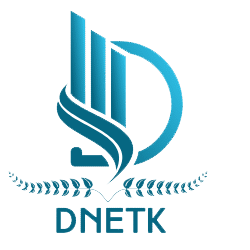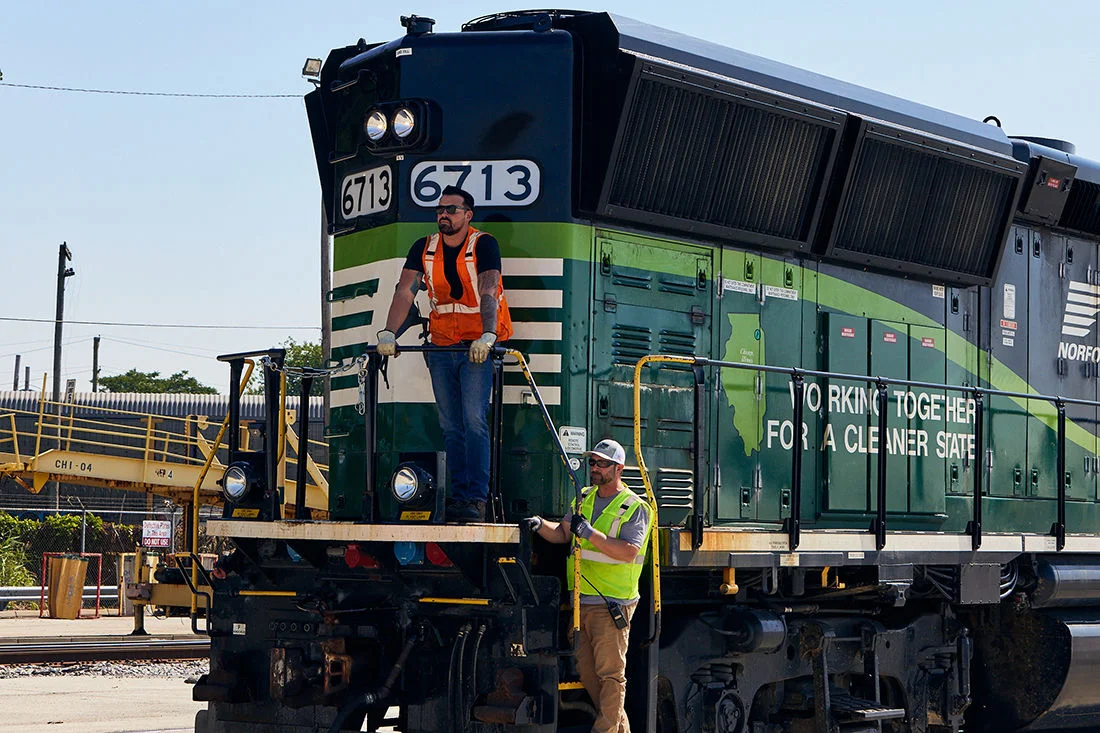For anyone working on the Dutch NS CrewCall railways, the smooth operation of the network is paramount. Trains must run, crews must be in the right place at the right time, and disruptions must be managed efficiently. At the heart of this complex logistical dance is a single, crucial tool: NS CrewCall.
If you’re a driver, conductor, or part of the operational planning team, understanding CrewCall is not just beneficial—it’s essential. This guide will walk you through what it is, why it matters, and how to use it effectively in your daily work.
What is NS CrewCall?
At its core, NS CrewCall is the advanced, digital personnel planning and deployment system used by Nederlandse Spoorwegen (NS). It’s the central nervous system for managing the schedules, duties, and real-time availability of thousands of railway employees.
Gone are the days of static paper schedules and frantic phone calls. CrewCall is a dynamic, integrated software platform that:
- Creates and Manages Rosters: It generates complex shift schedules (dienstroosters) that comply with working hour regulations (Arbeidstijdenwet), collective labor agreements (CAO), and individual employee contracts.
- Facilitates Daily Operations: It provides the real-time “crew diagram,” showing exactly which driver and conductor is assigned to which train service.
- Manages Disruptions: When things go wrong—a broken-down train, infrastructure failure, or sudden illness—CrewCall is the primary tool for finding and assigning replacement staff.
- Handles Absences and Swaps: Employees can request leave, report sick, and even swap shifts with colleagues through the system, subject to approval.
Why CrewCall is Indispensable for You
Whether you’re on the front lines or in an operations center, CrewCall directly impacts your workday.
For Drivers and Conductors:
- Your Digital Roster: Your personal schedule is accessible, clear, and always up-to-date. You know your shifts, routes, and break times well in advance.
- Clarity and Certainty: No more guessing or waiting for a phone call. The system provides a single source of truth for your duties.
- Efficient Communication: Reporting sick or requesting a day off is streamlined through the system, ensuring the right people are notified instantly.
- Empowerment for Swaps: The platform often includes functionalities to easily request shift swaps with colleagues, giving you more flexibility over your work-life balance.
For Planners and Operations Staff:
- Optimized Resource Allocation: CrewCall uses complex algorithms to create efficient schedules that maximize workforce utilization while respecting all rules and regulations.
- Real-Time Overview: The “Crew Control” view provides a live look at the entire network, showing which crews are where and if any services are uncovered.
- Crisis Management: During disruptions, planners can use CrewCall to quickly identify available crew members, reassign them to critical services, and minimize the impact on passengers.
- Data-Driven Decisions: The system logs all changes, absences, and assignments, providing valuable data for future planning and analysis.
A Step-by-Step Guide to Key CrewCall Functions
While the exact interface may vary, the core processes remain consistent.
1. Accessing Your Schedule:
- You typically access CrewCall via a company-provided device (smartphone/tablet) or a secure web portal.
- Log in with your unique NS credentials.
- Navigate to the “Roster” or “My Schedule” section to view your shifts for the coming days, weeks, or months.
2. Reporting an Absence (Sickness):
- Locate the “Report Absence” or “Call in Sick” function.
- Select the date and time your illness started.
- You may be asked to provide a brief, non-medical reason (e.g., “flu”).
- Submit the report. The system automatically notifies your team leader and the planners, removing you from the active duty board.
3. Requesting a Shift Swap:
- Go to the “Shift Swap” or “Trading” module.
- Select the shift you wish to give away.
- You can either propose a swap to a specific colleague or offer it to a pool of available staff.
- Once a colleague accepts and the swap is approved by a planner, both schedules are automatically updated.
4. For Planners: Managing a Disruption:
- In the Crew Control view, an uncovered service will be highlighted (often in red).
- The planner uses the “Search Crew” function, filtering for available staff with the right qualifications, who are within legal rest periods, and are logistically positioned to take over the service.
- The planner contacts the selected employee via phone or message through the app.
- Once accepted, the assignment is made in CrewCall, updating the live diagram for everyone.
Best Practices for Using CrewCall
To ensure the system works for everyone, follow these guidelines:
- Check it Daily: Make it a habit to check your schedule at the start and end of each day, as last-minute changes can occur.
- Report Proactively: If you know you will be absent, report it in CrewCall as soon as possible. This gives planners maximum time to find a replacement.
- Keep Your Profile Updated: Ensure your contact details and qualifications in the system are current.
- Understand the Workflow: Know the difference between a “requested” swap and an “approved” one. Never assume a swap is final until it is officially confirmed in the system.
- Communicate: CrewCall is a tool, not a replacement for human dialogue. If a situation is complex, follow up with a call to your team leader or planner.
The Future of Crew Planning at NS
NS is continuously working to improve its systems. The future of CrewCall likely involves even greater integration with other operational systems, more predictive analytics to foresee staffing shortages, and enhanced mobile features to give employees even more control and flexibility from anywhere.
In conclusion, NS CrewCall is more than just an app or a schedule—it’s the vital link that keeps the people of the railway connected to the pulse of the network. By mastering its use, you contribute directly to the reliability, efficiency, and safety of train travel in the Netherlands.

